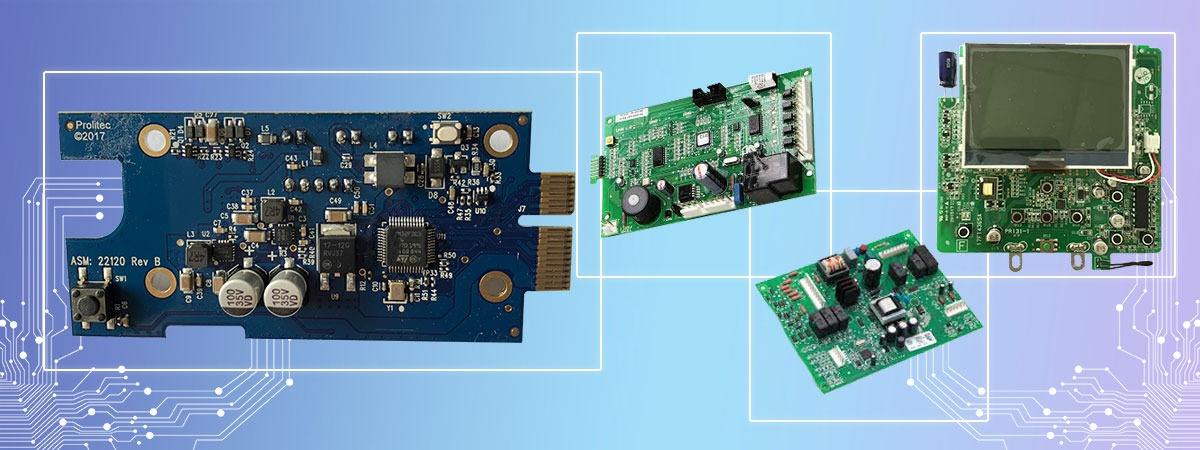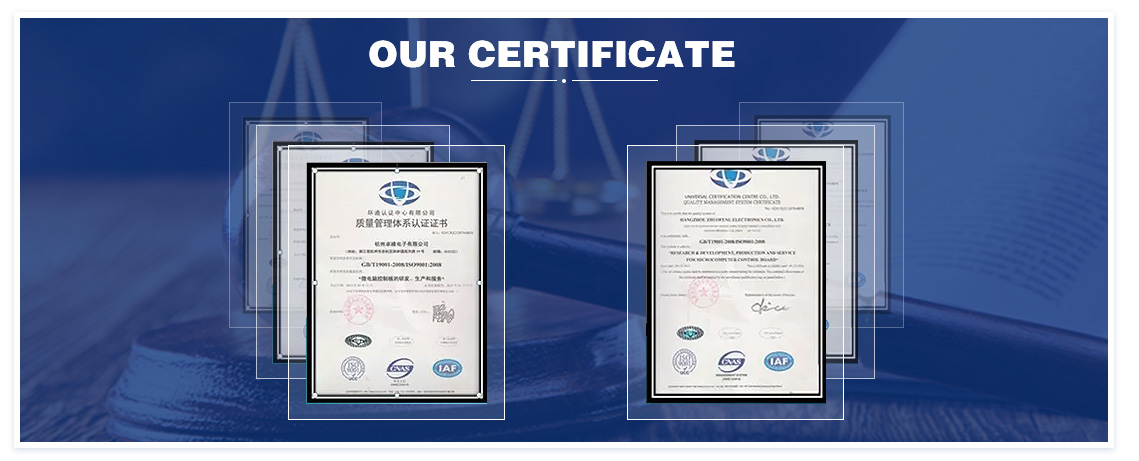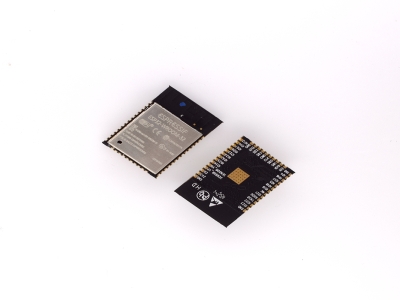1, ESP32 is a single-chip solution that integrates 2.4 GHz Wi-Fi and Bluetooth dual-mode, using TSMC's ultra-low-power 40-nm process.
Optimal power performance, RF performance, stability, versatility and reliability for a wide range of applications and power consumption needs.
2. ESP32 is designed for mobile devices, wearable electronics and Internet of Things (IoT) applications. As the industry's leading low power chip, ESP32 has
Fine resolution of clock gating, power saving mode and dynamic voltage scaling.
For example, in a low-power IoT sensor Hub application scenario, ESP32 will only be periodically woken up under certain conditions. Low duty cycle can make
3. The energy consumption of the ESP32 chip is minimized. The output power of the RF power amplifier can also be adjusted to achieve the most communication distance, data rate and power consumption.
Good balance.
4. ESP32 is designed for mobile devices, wearable electronics and Internet of Things (IoT) applications. As the industry's leading low power chip, ESP32 has
Fine resolution of clock gating, power saving mode and dynamic voltage scaling.
For example, in a low-power IoT sensor Hub application scenario, ESP32 will only be periodically woken up under certain conditions. Low duty cycle can make
5, ESP32 chip energy consumption is the smallest. The output power of the RF power amplifier can also be adjusted to achieve the most communication distance, data rate and power consumption.
Good balance.
wireless online
802.11 b / g / n / e / i
802.11 n (2.4 GHz) with speeds up to 150 Mbps
802.11 e: QoS mechanism to implement wireless multimedia technology
WMM-PS, UAPSD
A-MPDU and A-MSDU frame aggregation technology
Block reply
Fragmentation and reorganization
Beacon automatic monitoring / scanning
802.11 i security features: pre-authentication and TSN
Support WPA / WPA2 / WPA2-Enterprise / WPS encryption
Infrastructure BSS station mode / SoftAP mode
Wi-Fi Direct (P2P), P2P discovery, P2P GO mode and P2P power management
UMA compatibility and certification
Antenna diversity and selection
Bluetooth
Bluetooth v4.2 full standard, including traditional Bluetooth (BR / EDR) and Bluetooth Low Energy (BLE)
Supports standard Class-1, Class-2 and Class-3 without external power amplifier
Enhanced precision power control
Output power up to + 10 dBm
NZIF receiver with BLE reception sensitivity of -98 dBm
Adaptive Frequency Hopping (AFH)
Standard HCI based on SDIO / SPI / UART interface
High speed UART HCI up to 4 Mbps
Support BT 4.2 controller and host protocol stack
Service Discovery Protocol (SDP)
Universal Access Application (GAP)
Security Management Protocol (SMP)
Low power Bluetooth
ATT / GATT
HID
Supports all GATT-based Bluetooth low energy applications
SPP-Like low power Bluetooth data transparent transmission protocol
BLE Beacon
A2DP / AVRCP / SPP, HSP / HFP, RFCOMM
CVSD and SBC audio codec algorithm
Bluetooth piconet (in Piconet) and scatternet (scattering mesh)
CPU and storage
Xtensa® 32-bit LX6 dual-core processor with up to 600 DMIPS
448 KByte ROM
520 KByte SRAM
16 KByte SRAM in RTC
QSPI can connect up to 4 flash/SRAM, up to 16 MBytes per flash
Supply voltage: 2.2V to 3.6V
Clock and timer
Built-in 8 MHz oscillator with self-calibration
Built-in RC oscillator for self-calibration
Supports external 2 MHz to 40 MHz crystal oscillators
Supports an external 32 kHz crystal for RTC, self-calibration
2 timer groups, each consisting of 2 64-bit general-purpose timers and 1 main system watchdog
RTC timer with sub-second precision
RTC watchdog
Advanced features:
Advanced peripheral interface
12-bit SAR ADC with up to 18 channels
2 8-bit D/A converters
10 touch sensors
Temperature Sensor
4 SPI
2 I2S
2 I2C
3 UARTs
1 host SD / eMMC / SDIO
1 slave SDIO / SPI
Ethernet MAC interface with dedicated DMA, supports IEEE 1588
CAN 2.0
IR (TX / RX)
Motor PWM
LED PWM, up to 16 channels
Hall sensor
Ultra low power preamplifier
Security Mechanism
Supports all IEEE 802.11 security features including WFA, WPA / WPA2 and WAPI
Safe start
Flash encryption
1024-bit OTP, up to 768 bits available to users
Cryptographic Hardware Accelerator:
AES
HASH (SHA-2) library
RSA
ECC
Random number generator (RNG)
application:
Universal Low Power IoT Sensor Hub
General Purpose Low Power IoT Recorder
Camera video streaming
OTT TV box / set top box equipment
music player
Network music player
Audio streaming device
Wi-Fi toy
counter
Toy anti-lost device
Wi-Fi voice recognition device
Headset
Smart socket
Home automation
Mesh network
Industrial wireless control
Baby monitor
Wearable electronics
Wi-Fi location-aware device
Security ID tag
Health care
Motion monitoring and anti-lost alarm
Logger
Development support:
SDK firmware that supports fast online programming
GCC-based open source toolchain



